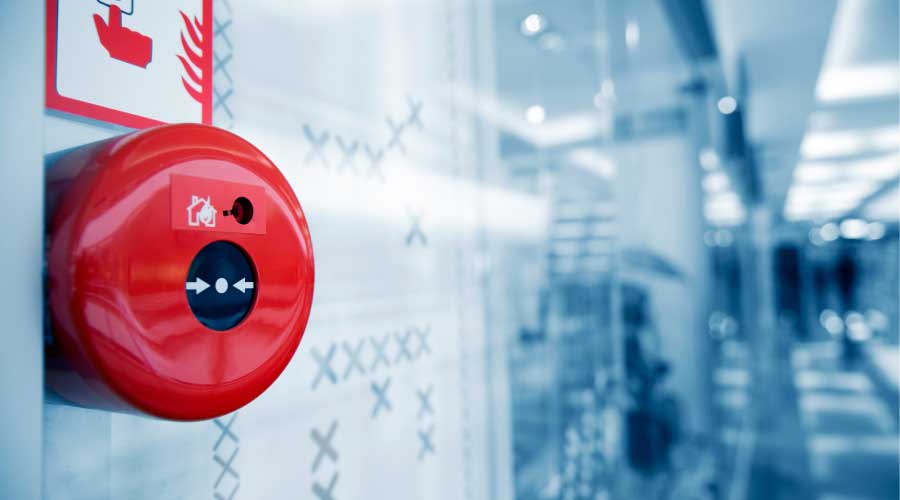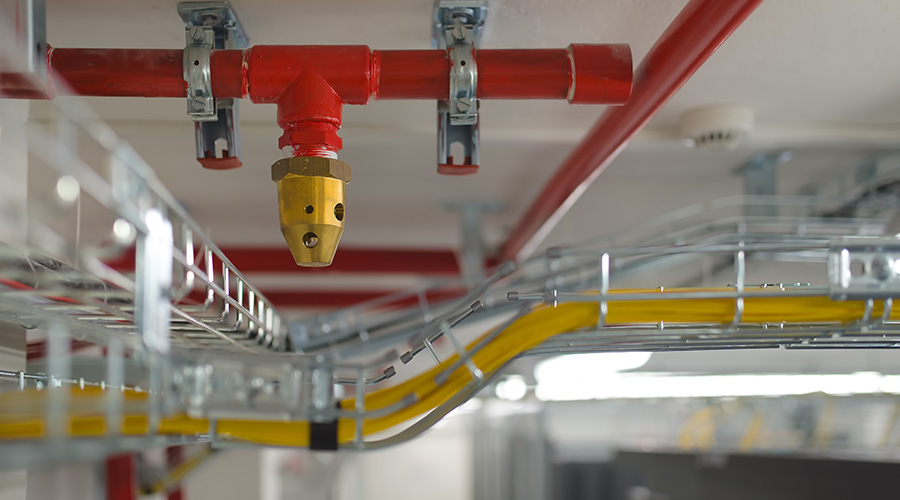Newer Versions Of NFPA 72 Include Guidance For Integrating Fire Alarm, PA System
NFPA 72 has also evolved in recent code cycles to allow public address systems and other facility infrastructure to be integrated into the fire alarm system. This allowance is not implying you can simply read the 2013 edition of NFPA 72 and take a PA system in which your company has invested a large amount of money and use it as your emergency communication system; but with the involvement of your authority having jurisdiction and the right design professional, the current edition of NFPA 72 will allow you to capitalize on much more of your often well-developed infrastructure, including Ethernet, public address, and radio systems.
Although NFPA 10 is largely the guide for inspection, testing, and maintenance of fire extinguishers, technologies are being deployed that will allow fire alarm or building automation systems to monitor extinguisher presence, weight, and pressure, thus reducing the facility manager's responsibilities with respect to fire extinguishers. NFPA 72, again capitalizing on developments in technology, has been expanded to allow these systems. Guidance is currently limited in Chapter 17 but as more products are introduced, NFPA 72 is structured to provide better guidance.
Codes and standards provide a broad spectrum of guidance for the inspection, testing, and maintenance of fire protection and life safety systems, and this article has highlighted changes relevant to a facility manager. It is important to understand what codes and standards are available, regardless of whether inspection, testing, and maintenance are performed in-house or by an outside firm. Obviously, if the work is done in-house, the code and standard requirements must be thoroughly understood. But, in larger facilities, bringing in a professional to audit existing system needs and to assist in evaluating or developing a plan to manage inspection, testing, and maintenance may well be worth the investment and may indeed be necessary. If that's the case, you should be aware of the requirements so that you may better judge the performance of the contractors doing this important work.
Scott M. Golly, P.E., is a senior fire protection engineer with Hughes Associates, a fire protection engineering firm headquartered in Baltimore, Md. Golly is a member of the NFPA 72, SIG-IDS technical committee. He can be reached at sgolly@haifire.com.
Related Topics:














